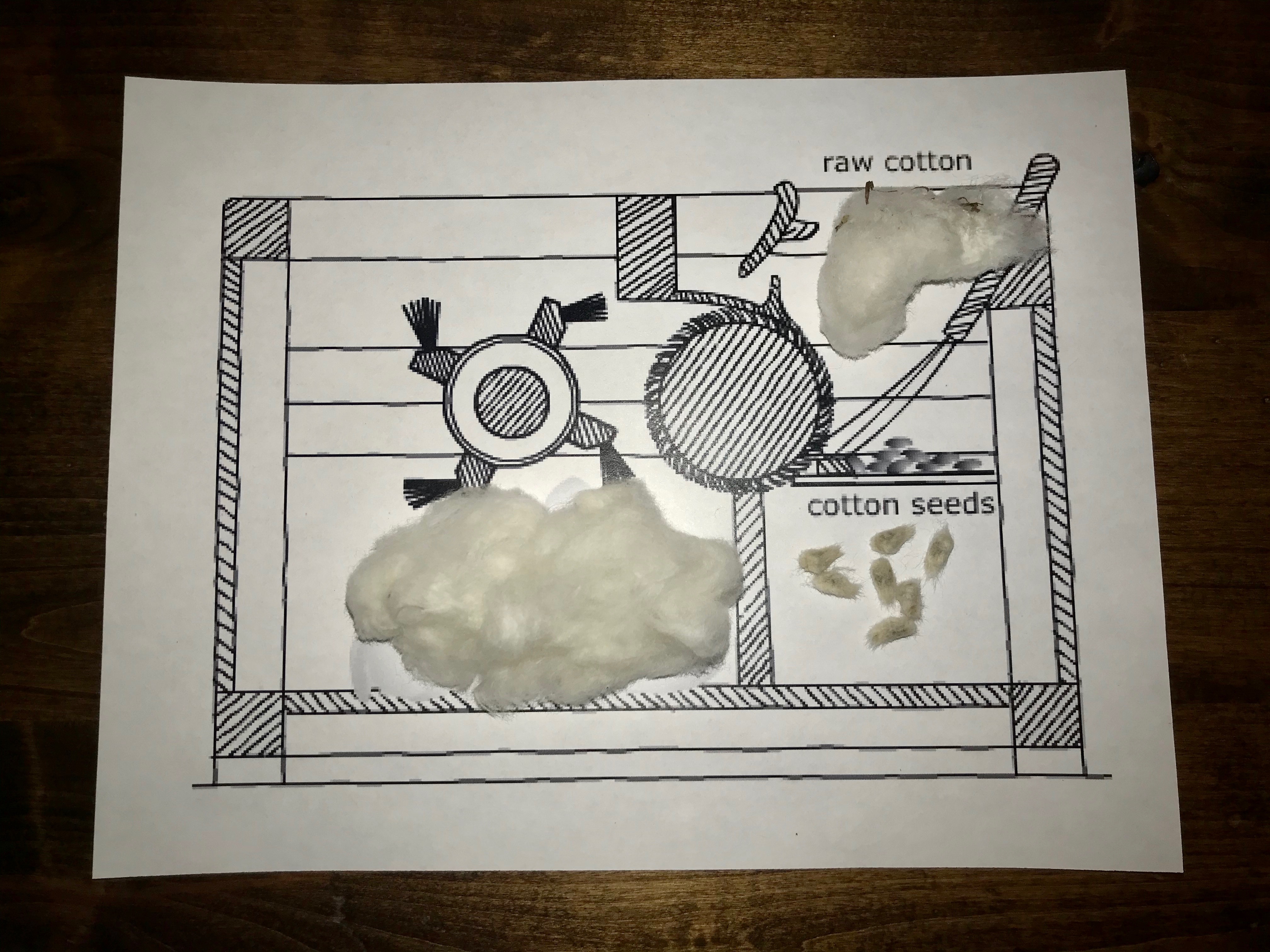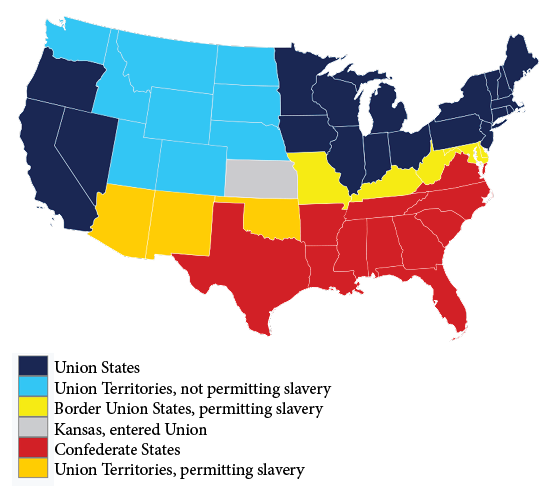Cotton's American Journey (Grades 3-5)
Students investigate the impact of cotton on the history and culture of the United States.

Background
Lesson Activities
Recommended Companion Resources
Credits
Author
Debra Spielmaker, Rose Judd-Murray, and Lynn Wallin | National Center for Agricultural Literacy (NCAL)
Acknowledgements
- Statistics and graphics from the National Cotton Council's Cotton Counts educational materials.
- Paul Smith, Ex-Slave Federal Writer's Project full interview https://www.loc.gov/resource/mesn.043/?sp=325
Sources
- https://www.asanet.org/sites/default/files/savvy/documents/students/docs/FINAL%20C3%20Fact%20Sheet%209-13-13-1.pdf
- https://www.nationalgeographic.org/encyclopedia/plantation-system/
Standards
Indiana Content Area Standards
-
Social Studies.Grade 5: Geography: Standard 3
Students describe the influence of the Earth/sun relationship on climate and use global grid systems; identify regions; describe physical and cultural characteristics; and locate states, capitals and major physical features of the United States. They also explain the changing interaction of people with their environment in regions of the United States and show how the United States is related geographically to the rest of the world.
- 5.3.11 Environment and Society: Describe the ways Native Americans, Africans, other immigrant groups, and colonists adapted to variations in the physical environment.
-
English Language Arts.Grade 3.RN.1
Read and comprehend a variety of nonfiction within a range of complexity appropriate for grades 2-3. By the end of grade 3, students interact with texts proficiently and independently.
- Key Ideas and Textual Support.3.RN.2.1: Ask and answer questions to demonstrate understanding of a text, referring explicitly to the text as the basis for the answers.
-
English Language Arts.Grade 3.SL.1
Listen actively and adjust the use of spoken language (e.g., conventions, style, vocabulary) to communicate effectively with a variety of audiences and for different purposes.
- Discussion and Collaboration.3.SL.2.1: Engage effectively in a range of collaborative discussions (one-on-one, in groups, and teacher-led) on grade- appropriate topics and texts, building on others ideas and expressing personal ideas clearly.
-
English Language Arts.Grade 4.RN.1
Read and comprehend a variety of nonfiction within a range of complexity appropriate for grades 4-5. By the end of grade 4, students interact with texts proficiently and independently at the low end of the range and with scaffolding as needed at the high end.
- Key Ideas and Textual Support.4.RN.2.1: Refer to details and examples in a text when explaining what a text says explicitly and when drawing inferences from the text.
-
English Language Arts.Grade 4.SL.1
Listen actively and adjust the use of spoken language (e.g., conventions, style, vocabulary) to communicate effectively with a variety of audiences and for different purposes.
- Comprehension.4.SL.3.1: Summarize major ideas and supportive evidence from text read aloud or information presented in diverse media and formats, including visually, quantitatively, and orally.
- Discussion and Collaboration.4.SL.2.1: Engage effectively in a range of collaborative discussions (one-on-one, in groups, and teacher-led) on grade- appropriate topics and texts, building on others ideas and expressing personal ideas clearly.
-
English Language Arts.Grade 5.RN.1
Read and comprehend a variety of nonfiction within a range of complexity appropriate for grades 4-5. By the end of grade 5, students interact with texts proficiently and independently.
- Key Ideas and Textual Support.5.RN.2.1: Quote accurately from a text when explaining what a text says explicitly and when drawing inferences from the text.
-
English Language Arts.Grade 5.SL.1
Listen actively and adjust the use of spoken language (e.g., conventions, style, vocabulary) to communicate effectively with a variety of audiences and for different purposes.
- Comprehension.5.SL.3.1: Orally summarize or respond to a written text read aloud or information presented in diverse media and formats, including visually, quantitatively, and orally.
- Discussion and Collaboration.5.SL.2.1: Engage effectively in a range of collaborative discussions (one-on-one, in groups, and teacher-led) on grade- appropriate topics and texts, building on others ideas and expressing personal ideas clearly.
-
Social Studies. Grade 4: History: Standard 1
Students trace the historical periods, places, people, events, and movements that have led to the development of Indiana as a state.
- 4.1.12 Growth and Development: 1900 to 1950: Describe the transformation of Indiana through immigration and through developments in agriculture, industry, and transportation.
 onto a large screen. Give each student or group of students a cotton boll. Have the students examine the woody stem of the cotton boll. Explain to the students that the sharp plant material makes it very painful to pick cotton bolls by hand.
onto a large screen. Give each student or group of students a cotton boll. Have the students examine the woody stem of the cotton boll. Explain to the students that the sharp plant material makes it very painful to pick cotton bolls by hand.
